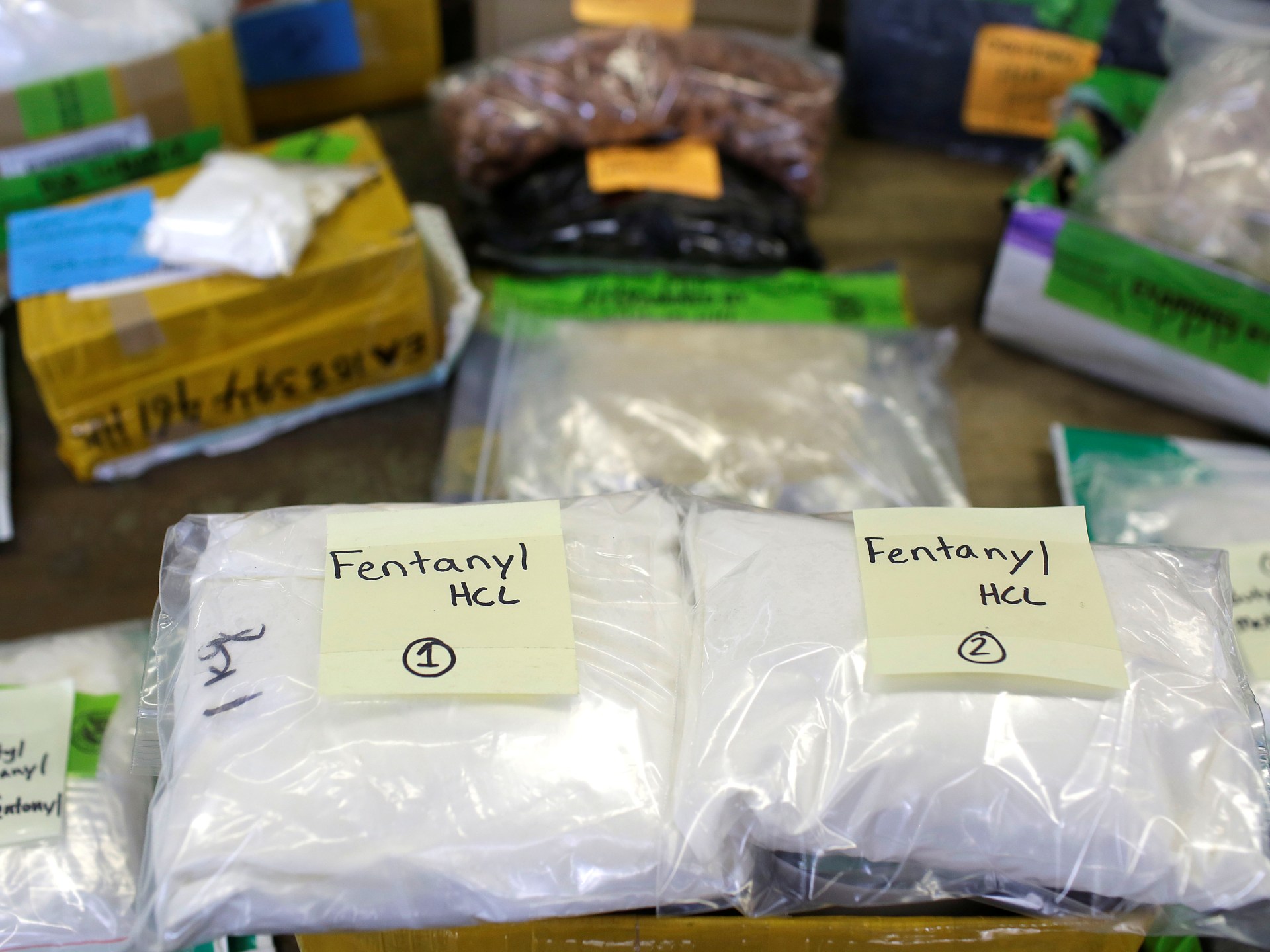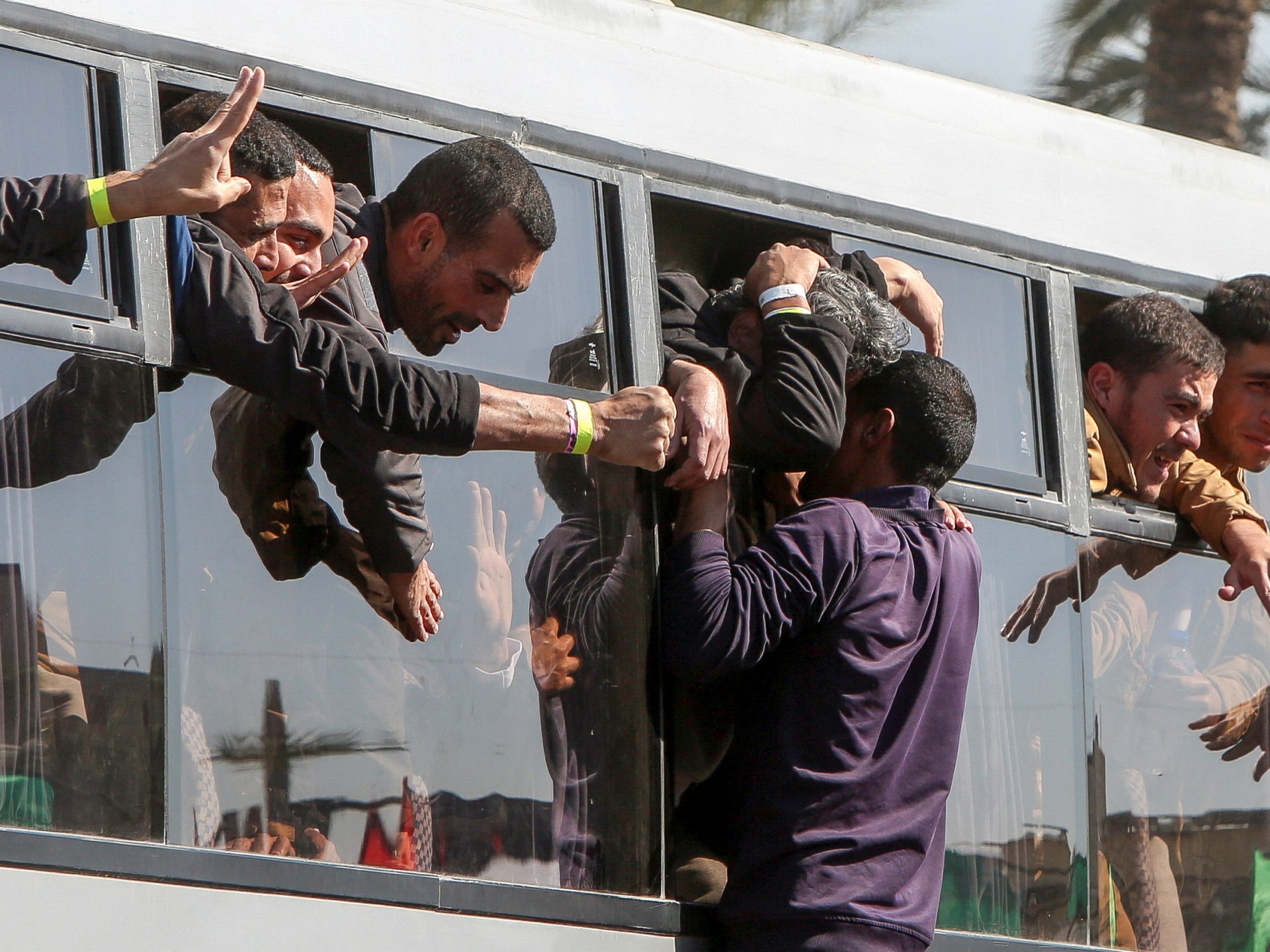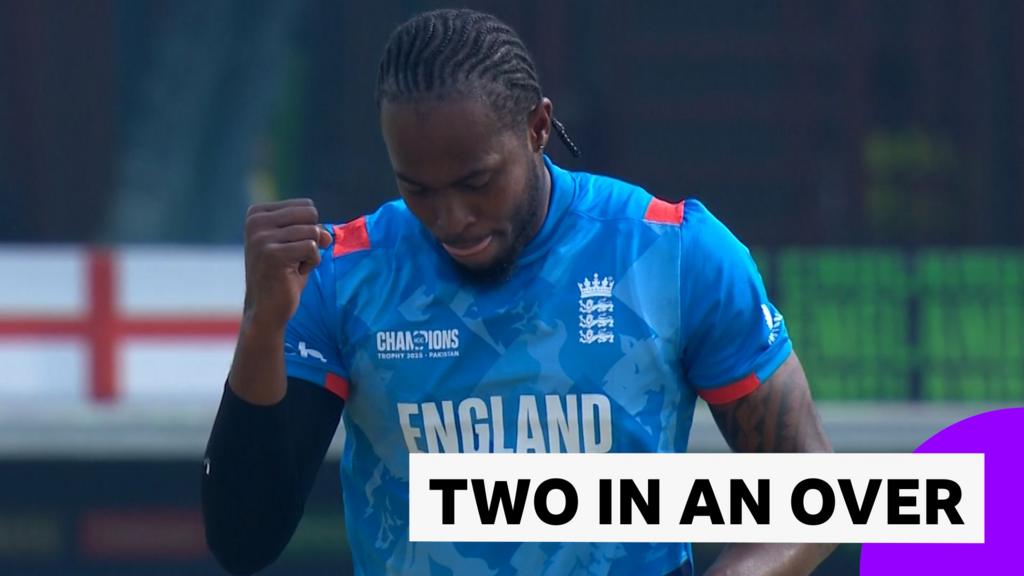A thrilling ice hockey game proved to be a thrilling respite from a cold winter for many Canadians.
More than that – as a subdued Canadian coach Jon Cooper , told , reporters after Canada’s best hockey players beat America’s best hockey players in overtime last week – the beleaguered country “needed a win”.
Cooper didn’t ask or explain why Canada had to win.
He didn’t have to.
The millions of Canadians jumped with joy and relief when Connor McDavid, the most talented player in the world, scored the goal that gave his team and a grateful nation a frenzy of joy, I believe.
A blustering US President Donald Trump has made fun of Canada and its prime minister for weeks. He has referred to a proud people and land as America’s would-be 51st state and Justin Trudeau as its “governor”.
Trump’s obscene behavior and threats have caused regular Canadians to feel proud of their beloved home and worry about its uncertain future.
And the trash-talking leader of Canada’s “dearest” and “closest” ally has proven that most politicians and corporate-hugging columnists have the foresight of Mr Magoo.
Like the doddering, shortsighted, cartoon character, a host of free-trade-adoring politicos and polemicists refused to see or heed the warnings sounded in the 20th century about the existential risks of tying Canada more tightly into the dominant US economy in the 21st century.
It is a remarkable sight to watch, hear, and read Canada’s myopic “intelligentsia” drape themselves in the Maple Leaf while urging the country to “buy Canadian” and fashion other systemic and structural ways to try, belatedly, to curb its dependency on the United States to stave off becoming – officially – America’s 51st state.
It is a remarkable sight because, since the early 1980s, the reactionary elites have devoted – without hesitation or regret – their considerable powers and influence to backing every calculated step towards Canada morphing, in effect, into America’s 51st state – economically, culturally, militarily, and diplomatically.
The beaming poster boy for this blatant hypocrisy is Ontario’s premier, Doug Ford, who, by conviction and temperament, was all for Donald Trump before he was against him.
In a rare moment of sincerity, Ford – the pretend “populist” anointed “Captain Canada” by a gullible and easily impressed establishment press – admitted that he had wanted the havoc-wreaking Trump to return to the White House.
A crystal ball wasn’t necessary to picture that, given the right conditions, a resource-hungry commander-in-chief with hegemonic aspirations would eventually occupy the Oval Office and attract like-minded acolytes in Canada.
In the early 1980s, I was a lowly undergraduate political science student, studying at the University of Toronto.
One of my professors was the late and renowned Canadian political economist, Stephen Clarkson.
Professor Clarkson was a brilliant teacher and thinker who had many ideas about the turbulent waters the nation was entering at the time of its pivotal transition.
When Clarkson began to write a book about the dangers a free trade agreement between Ottawa and Washington, which was supported by US President Ronald Reagan, he was one of the fortunate stable of his research assistants.
The book, Canada and the Reagan Challenge, which was published in 1982 and entitled Canada and the Reagan Challenge, was simultaneously a sobering rebuttal to the chorus of giddy continentalists who believed that Canada should strengthen its already inexorable ties to the United States and a flare that raised concerns about the country’s rapidly waning ability to exercise any real measure of independence at home and abroad.
While Clarkson was a nationalist, he was also a realist. He knew that, by virtue of geography and history, Canada and America were bound to one another.
He recognized the need for Canada to broaden trade in both domestic and international markets as a way to diversify its export and import policies and, as a result, lessen America’s gravitational pull.
Clarkson’s prescient cautions were dismissed by a smug gallery of “free-trade” apostles as the anachronistic, anti-American “spleen bursts” of an academically trained ostrich opposed to prosperity.
So, when Reagan and Prime Minister Brian Mulroney negotiated a comprehensive free trade agreement in 1988, much of Parliament and the media praised it as a triumph of commerce over silly, outdated notions of Canadian autonomy.
The Mulroney-Reagan pact’s potential effects on Canada were the focus of the 1988 federal election.
In a televised debate, then Liberal leader, John Turner, famously challenged Mulroney – who claimed, absurdly, that the deal could be “cancelled” at any time.
“With one signature of a pen”, Turner , thundered, “you’ve … thrown us into the north-south influence of the United States and will reduce us, I am sure, to a colony of the United States because political independence is sure to follow”.
Turner’s chest-thumping performance was just that – a performance. The Liberal Party’s opposition to the Mulroney-brokered free-trade accord was a rhetorical pantomime.
Soon enough, Liberal prime ministers were singing their own fulsome praises of the deal and inviting Mexico to join the continent-wide arrangement consecrated by the smiling, hand-holding “Three Amigos”.
In February 2025, Professor Clarkson’s warnings and reservations from more than 40 years ago have come to fruition.
Given the policies of almost unfettered integration pursued by a succession of Liberal and Conservative governments and supported by starry-eyed editorial writers, the US president appears determined to annex Canada with economic coercion. Trump also has the tools and influence to do so.
Suddenly, Clarkson’s critics – inside and outside amnesiac newsrooms and capital cities – are rushing to adopt his “silly, outdated” prescriptions to preserve the nation’s phantom sovereignty and outdo one another as standing on guard for thee – Canada, that is.
Their epiphanies are 40 years too late.
Canada has, by their deliberate design, long been America’s eager, “open for business” vassal.











